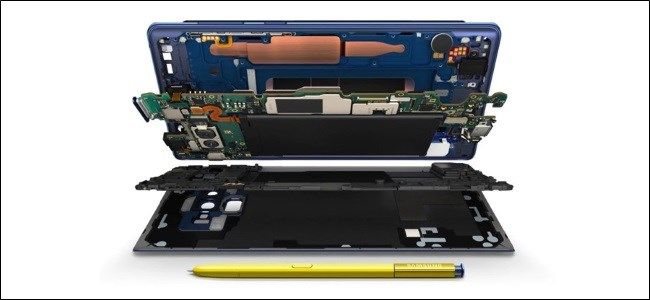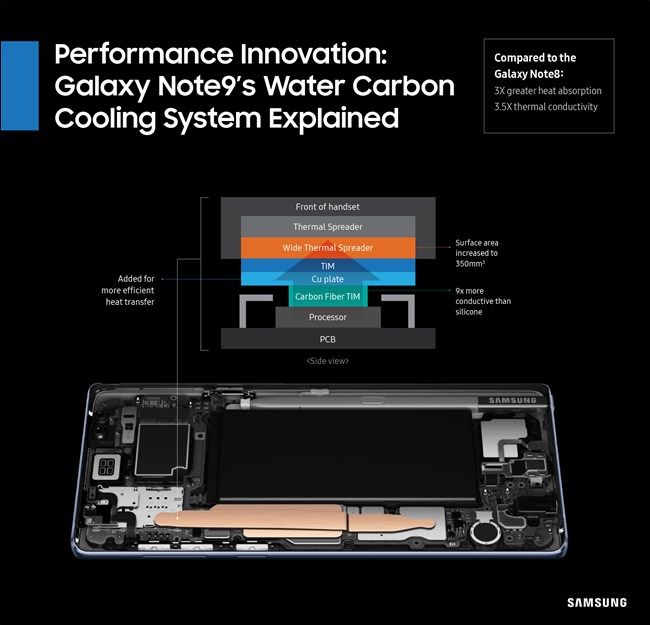Quick Links
As phones get more powerful, they also generate more heat. To keep them cooler than ever, we're starting to see more phones ship with "water cooling." But what does that mean?
Modern smartphones are small computers in your pocket---they're incredibly powerful, with CPUs and GPUs more capable than full desktop PCs from not long ago. As a result of all this power in such a small space, keeping the hardware cool has become a challenge for device manufacturers.
Most phone makers have had to think outside the box to find a proper solution to keeping phones running cool as the performance ramps up---and water cooling seems to be that solution. But it's not the same as the water cooling process used in PCs---there isn't actual liquid flowing through the system.
Talk of "water cooling" in phones has ramped up lately with the Galaxy Note 9 and Pocophone both using the feature to keep things running cool. But those aren't the first phones to use such a system---Samsung introduced a water-cooling system in the Galaxy S7.
Here's how it works.
How Water Cooling Works in Phones
With the Galaxy S7, Samsung developed a method of water cooling that uses a copper thermal heat pipe to disperse heat away from the CPU, especially as the chip works harder. There is a tiny bit of liquid in this tube---not enough to see if the tube is cut open (many people tested this when the phone was first released).
Instead, the water cooling process works by condensation. As the processor heats up, the liquid essentially vaporizes, keeping the CPU cool. The vapor then travels to the opposite end of the of the heat pipe, where it condenses back into liquid when cooled off. This process, paired with a carbon fiber TIM (Thermal Interface Material) is a very effective method of cooling phone hardware.
Current smartphones use a similar system, but Samsung expands on the original idea with a "water carbon cooling system" in the Note 9.
With the Note 9, Samsung knew it needed even more cooling power than it had with the S7 (or any previous phone). It achieved this in two ways: by incorporating a wider thermal pipe and adding a layer of copper in between two thermal spreaders to transfer more heat.
The Note 9 cooling system /via Samsung
The entire cooling system works in layers. Just above the processor, there's a layer of carbon fiber (which is excellent and transferring heat) below a thin piece of copper. Above this, there's another type of unspecified thermal transfer material (we can assume it's some type of silicone), and then the copper thermal heat pipe. Just above the pipe is a thermal spreader to keep the heat from concentrating in one place.
Other phones use similar systems---perhaps not quite as sophisticated---but the basics should be roughly the same. The water generally amounts to nothing more than vapor in most cases, so it's less a "water cooled" system and more of a "vapor cooled" system.
Either way, it's pretty cool. 😎


